If you want to know about basement waterproofing solutions that actually work, you’re in the right place. In this article, you’ll learn when you need basement waterproofing, how water enters your basement, and seven highly recommended solutions. Let’s begin.
When Do You Need Basement Waterproofing Solutions?
Your basement can be home to lots of things, such as furniture, storage, clothing, tools, electrical panels, and more. You might even have a half-garage/half-basement where you park your cars. Your basement should hold lots of things, except water.
If you notice any of the following signs, including leaking water, you need basement waterproofing solutions.
- When you spot leaking water – Look for puddles of water, damp walls, wet floors, and any other signs of moisture in your basement.
- When you spot mold – When water enters your basement, it can cause humidity levels to rise. Your basement should be around 30% to 50% relative humidity. Once it reaches at least 70%, mold and mildew can begin to grow and thrive.
- When you spot water damage and wood rot – If water comes in contact with your wooden furniture, floor joists, or cardboard boxes, it can cause them to rot and deteriorate. If the wooden joists that hold up your home start to crumple, the structural integrity of your home is at risk.
- When your hardwood floors start to buckle – If you have hardwood flooring, and moisture starts to rise from your basement, it can cause them to buckle or warp. Don’t let basement moisture ruin your expensive floors.
- When you smell musty odors – Mold growth and sitting water can start to make your basement smell musty. That air will actually travel up into the rest of your home, even leading to breathing or health problems.
- When your basement and home become humid – If water enters your basement, it can cause humidity levels to rise. That hot and humid air will then start to rise into the rest of your home, increasing temperature levels everywhere.
How Does Water Enter Your Basement?
- Cove joints – A cove joint is the space where your basement wall meets your basement floor. If your walls are experiencing hydrostatic pressure, water will use that space to enter your basement.
- Honeycombing – Honeycombing is when parts of your basement walls start to crumble or deteriorate, allowing water to seep through your concrete. You might find honeycombing on your walls, footings, columns, beams, and slabs.
- Over-the-top-seepage – Over-the-top-seepage is when water enters your basement through the space between your basement walls and above floor.
- Pipe penetration – When plumbers install sewer pipes in your basement, they drill holes through your walls slightly bigger than the pipes themselves. Then they fill in the gaps with hydraulic cement. If that cement starts to break down, water can use those gaps to enter your home.
- Cracks – Hydrostatic pressure can cause your walls to bow, lean, or shear (the top of your basement wall is moving inward while the bottom is staying put). Once your basement wall starts to move, it can begin to crack. Water can then use these cracks to enter your basement. Read more: Foundation Crack Repair Methods Every Homeowner Should Know About.
7 Basement Waterproofing Solutions
Below are seven different professional basement waterproofing solutions.
- Sealing cracks with epoxy – If water is using cracks to enter your basement, professionals recommend covering the crack with an epoxy bonding solution and injecting them with a 2-part epoxy. This combination will waterproof and reinforce your basement wall.
- Sealing your basement walls with a vapor barrier – Using a thin polyethylene sheet, professionals can keep moisture from seeping through your foundation walls and into your basement. Vapor barriers are usually 10 to 20-mil thick and channel water into a drain tile system where it’s carried away.
- Install an interior or exterior drain tile system – Both an interior and exterior drain tile system collect and carry gathering water to a sump pump. The only difference is where they are placed. An interior drain tile system is placed under your basement floor, while an exterior system is placed outside your basement walls. Read more: A Beginner’s Guide To Interior & Exterior Drain Tile Systems.
- Install a sump pump – Once your drain tile system collects any gathering water, it will carry it to a sump pump. A sump pump sits in a sump pit, and once the water reaches a certain level, your pump will eject the water out of your home using a discharge line.
- Install a French drain – A French drain is a perforated (filled with holes) pipe placed just below the surface of your yard. These pipes help collect pooling water in your yard, carrying it to a drainage ditch or low spot of your property.
- Install gutter extensions – Gutter extensions, also called downspout extensions, help carry water further away from your home. This will prevent water from dropping near your basement and pooling up in your soil.
- Grade your yard properly – Your property should be graded (sloped) away from your home and basement. If not, water will pool near your basement and build up in your soil. It’s possible to make minor adjustments using a shovel and wheel barrel, but most professionals recommend calling in an expert.
Basement Waterproofing Experts Near You
If you want any of the above basement waterproofing solutions, you should call The Real Seal. For over ten years, we’ve been providing the Chicagoland area with basement waterproofing, foundation repair, concrete leveling, crawl space repair, crawl space waterproofing, and more. Give us a call today and receive an in-depth inspection, free repair estimate, and a list of all of our solutions.
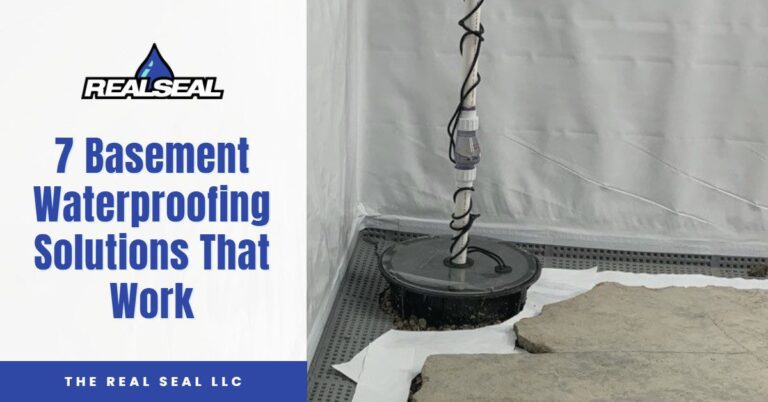
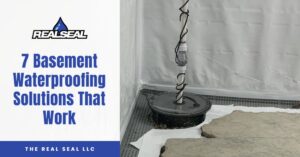
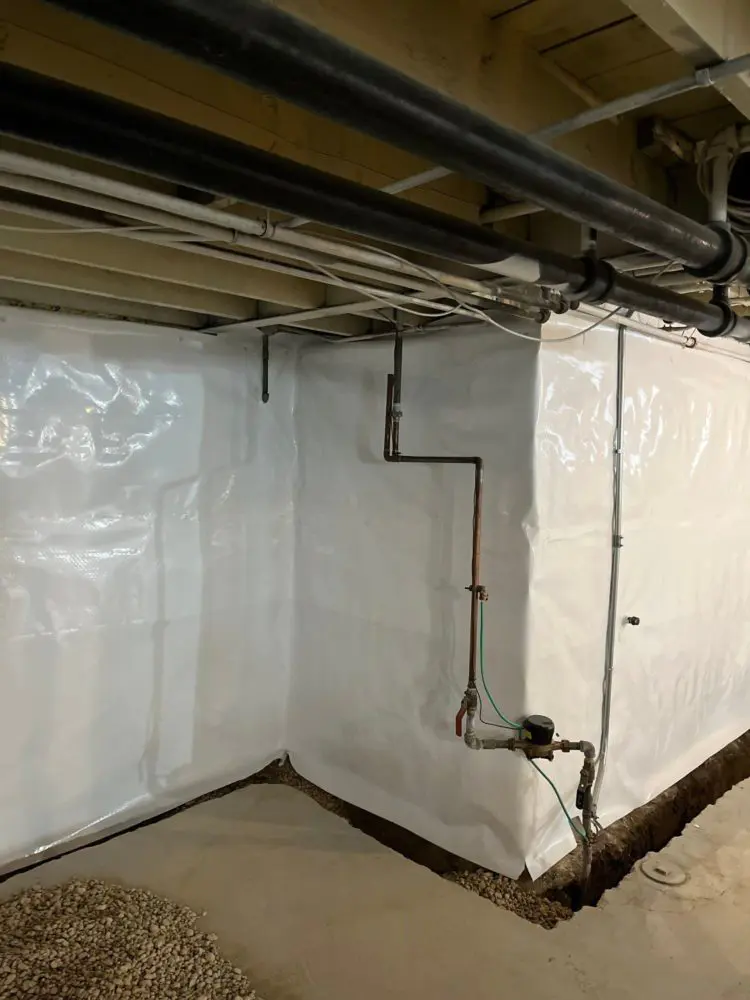
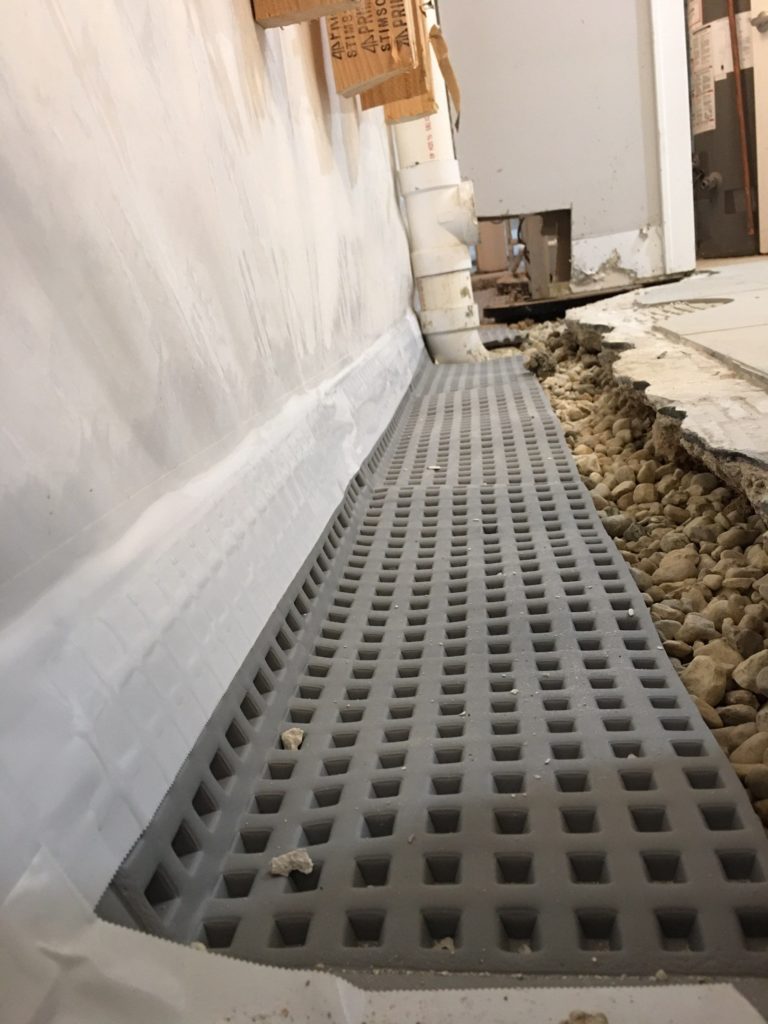
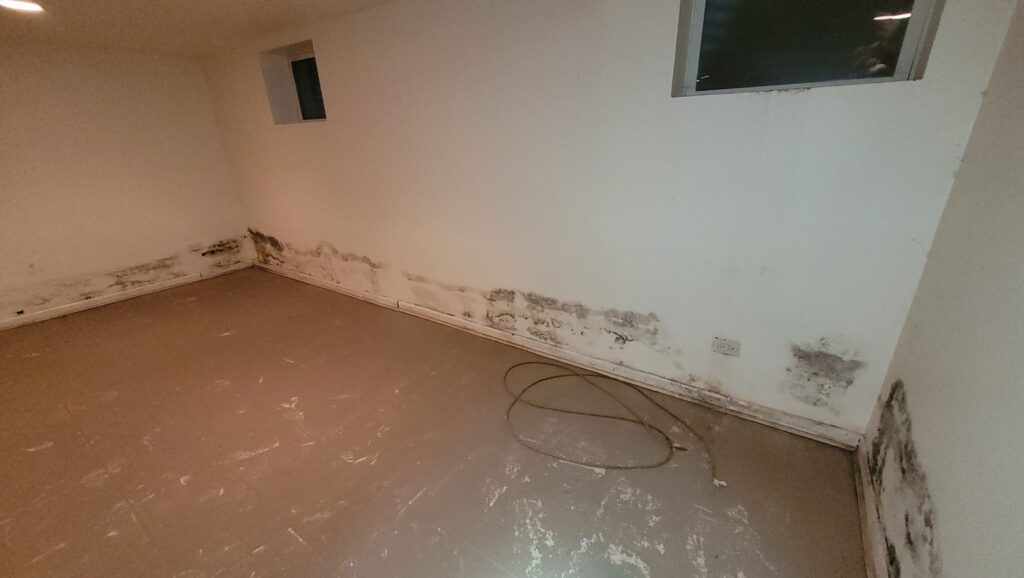
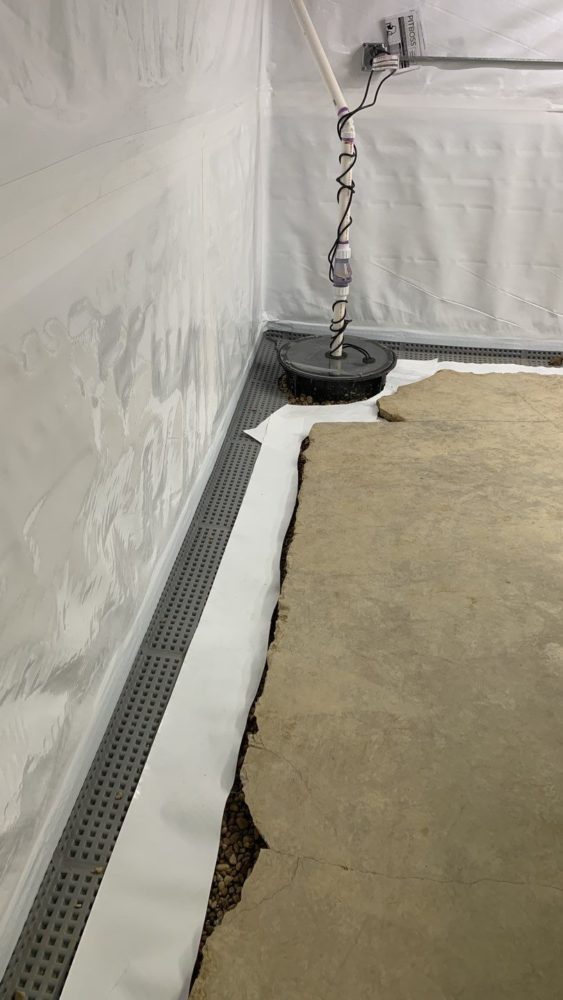
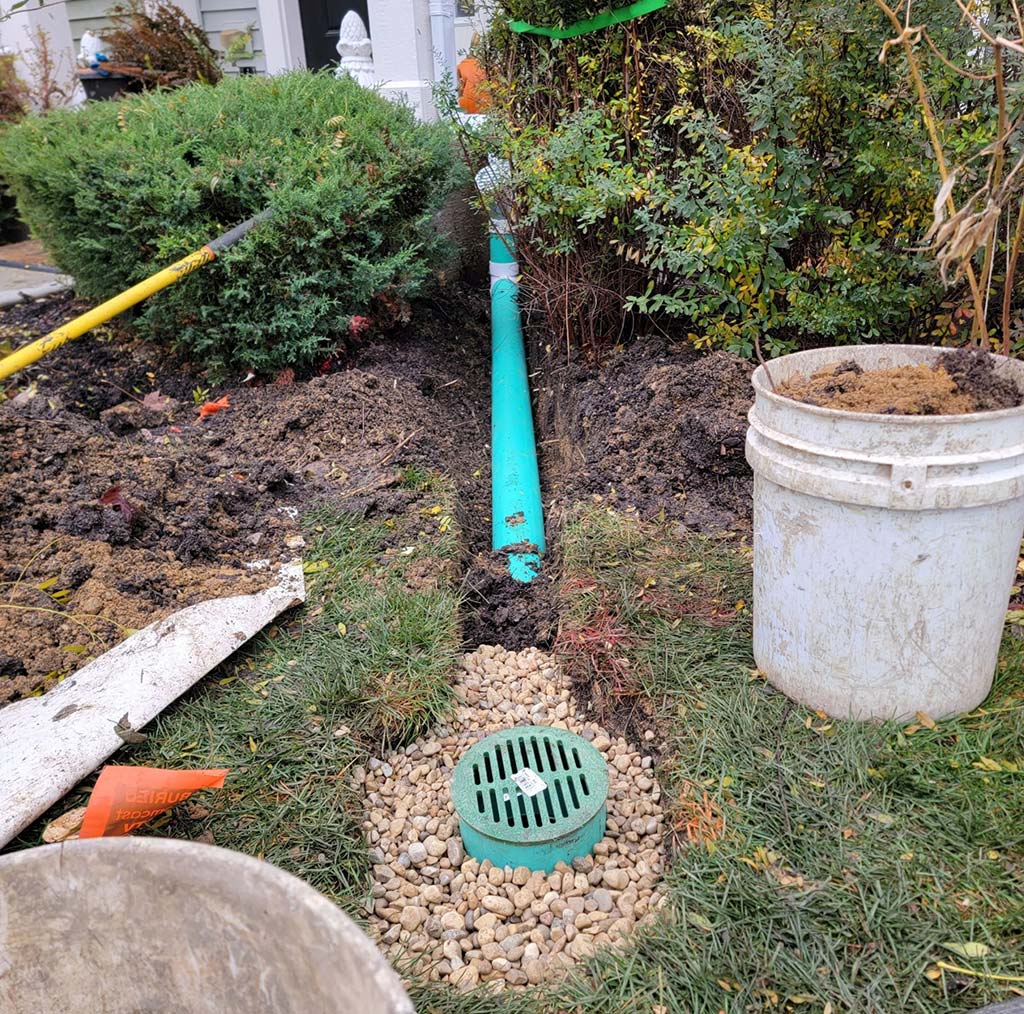





2 Responses
Informative read! These waterproofing tips are essential for keeping basements dry and protected. Thanks for sharing!
Happy to help Junaid!